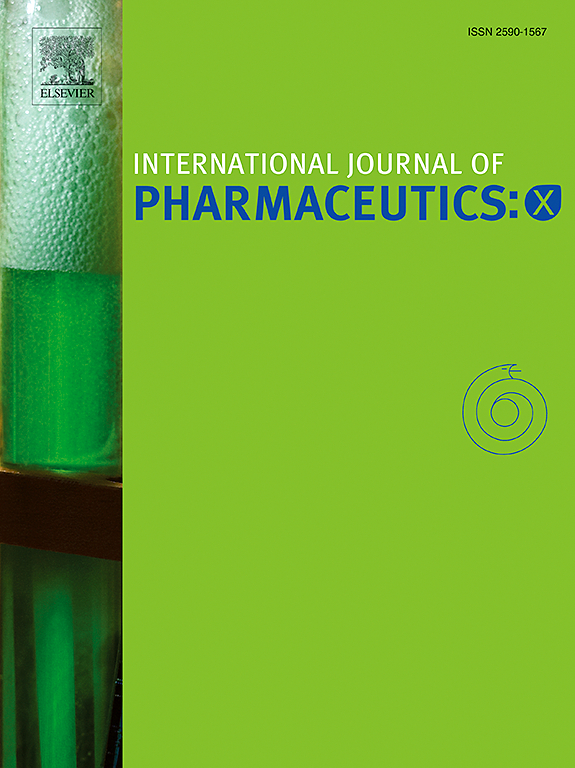Polycarboxybetaine in advanced drug delivery systems: From structure-function relationship to therapeutic applications
IF 6.4
2区 医学
Q1 PHARMACOLOGY & PHARMACY
引用次数: 0
Abstract
Zwitterionic polycarboxybetaines (PCBs), combining quaternary ammonium cations and carboxylate anions in their repeating units, have emerged as promising materials for drug delivery applications. Their exceptional hydration, biocompatibility, and antifouling properties make them attractive alternatives to polyethylene glycol (PEG), particularly given growing concerns about immunogenicity of PEG. PCBs can be functionalized through various methods, including modification of side-chain moieties, adjustment of spacer length between charged groups, and incorporation of responsive elements. When applied to delivery drug, PCBs have been successfully developed into multiple formats including micelles, hydrogels, liposomes, and nanoparticles. Notably, in protein drug delivery, PCBs demonstrate significant advantages such as enhancing protein stability, extending circulation time, improving penetration through biological barriers, and reducing immunogenicity. Despite these promising features, several challenges remain, including complex synthesis requirements, limited mechanical properties, and pending FDA approval as pharmaceutical excipients. This review provides a comprehensive analysis of PCBs from the structure-function relationship, synthesis methods, and applications in drug delivery systems, while examining current limitations and future prospects.

聚羧基甜菜碱在先进的药物输送系统:从结构-功能关系到治疗应用
两性离子聚羧基甜菜碱(PCBs),结合季铵盐阳离子和羧酸阴离子在其重复单元中,已成为一种有前途的药物递送材料。它们卓越的水合性、生物相容性和防污性能使其成为聚乙二醇(PEG)的有吸引力的替代品,特别是考虑到PEG的免疫原性日益受到关注。pcb可以通过各种方法实现功能化,包括修改侧链部分,调整带电基团之间的间隔长度,以及加入响应元件。当应用于给药时,多氯联苯已经成功地发展成多种形式,包括胶束、水凝胶、脂质体和纳米颗粒。值得注意的是,在蛋白质药物传递中,多氯联苯显示出显著的优势,如增强蛋白质稳定性,延长循环时间,提高穿透生物屏障的能力,降低免疫原性。尽管有这些有前途的特性,一些挑战仍然存在,包括复杂的合成要求,有限的机械性能,以及等待FDA批准作为药用辅料。本文从多氯联苯的结构-功能关系、合成方法和在药物传递系统中的应用等方面对多氯联苯进行了全面的分析,同时探讨了目前的局限性和未来的前景。
本文章由计算机程序翻译,如有差异,请以英文原文为准。
求助全文
约1分钟内获得全文
求助全文
来源期刊

International Journal of Pharmaceutics: X
Pharmacology, Toxicology and Pharmaceutics-Pharmaceutical Science
CiteScore
6.60
自引率
0.00%
发文量
32
审稿时长
24 days
期刊介绍:
International Journal of Pharmaceutics: X offers authors with high-quality research who want to publish in a gold open access journal the opportunity to make their work immediately, permanently, and freely accessible.
International Journal of Pharmaceutics: X authors will pay an article publishing charge (APC), have a choice of license options, and retain copyright. Please check the APC here. The journal is indexed in SCOPUS, PUBMED, PMC and DOAJ.
The International Journal of Pharmaceutics is the second most cited journal in the "Pharmacy & Pharmacology" category out of 358 journals, being the true home for pharmaceutical scientists concerned with the physical, chemical and biological properties of devices and delivery systems for drugs, vaccines and biologicals, including their design, manufacture and evaluation. This includes evaluation of the properties of drugs, excipients such as surfactants and polymers and novel materials. The journal has special sections on pharmaceutical nanotechnology and personalized medicines, and publishes research papers, reviews, commentaries and letters to the editor as well as special issues.
 求助内容:
求助内容: 应助结果提醒方式:
应助结果提醒方式:


